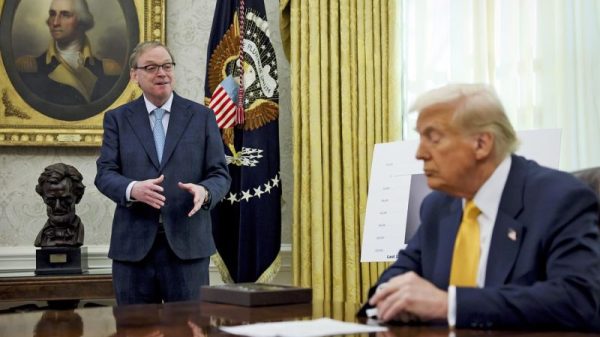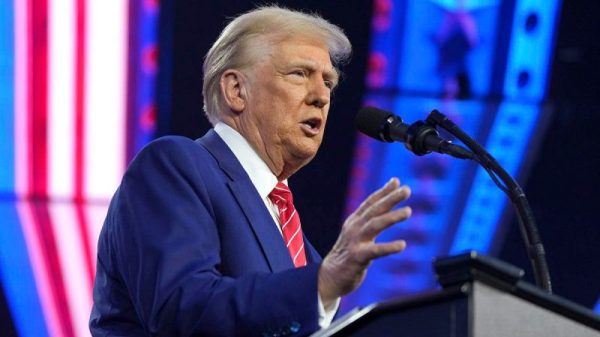In a recent incident that sparked widespread discussions and controversy, Martha-Ann Bomgardner, the wife of Justice Samuel Alito, was criticized for displaying an American flag upside down outside their home in New Jersey. The upside-down flag, traditionally recognized as a signal of distress, raised many eyebrows and led to various interpretations and debates across different platforms.
The use of an upside-down flag to signify distress stems from naval traditions, where ships would fly the flag in such a manner to signal distress or an emergency situation. However, in a domestic setting like a private residence, the act of displaying the flag upside down can lead to conflicting interpretations and reactions. For many, the sight of an upside-down flag may evoke feelings of concern, alarm, or even anger, as the symbol of the American flag holds deep emotional and patriotic significance for many citizens.
Critics of Martha-Ann Bomgardner’s decision to display the flag upside down argue that such an act disrespects the flag and undermines the values it represents. The American flag is a powerful symbol of unity, freedom, and democracy, and its display is governed by specific guidelines and protocols outlined in the Flag Code. Deviating from these guidelines, especially by displaying the flag in an inverted position, can be perceived as a sign of disrespect towards the nation and its principles.
Nevertheless, supporters of Bomgardner’s action point out that the upside-down flag can be a legitimate form of expression and a way to draw attention to critical issues or concerns. In this case, the decision to display the flag upside down may have been intended to symbolize a sense of distress or unease regarding the current state of affairs in the country. It could serve as a form of protest or a call for attention to pressing issues that require urgent action or resolution.
The debate surrounding the use of the upside-down flag underscores the complex nature of symbolic gestures and the interpretations they elicit. While some view it as a valid form of expression and a means to highlight important issues, others perceive it as a disrespect to the national symbol and the values it represents. As the discussion continues, it is essential to consider the context, intent, and impact of such actions to foster a deeper understanding of the diverse viewpoints and emotions involved.
In conclusion, the controversy surrounding the display of an upside-down flag by the wife of Justice Samuel Alito highlights the tensions and complexities inherent in the use of symbolic gestures. Whether seen as a signal of distress or a form of expression, the upside-down flag carries varying interpretations and reactions that reflect the diverse perspectives and values within society. As debates persist, it is crucial to engage in respectful dialogue and listen to different viewpoints to navigate the nuances of symbolism and its impact on individuals and communities.


































